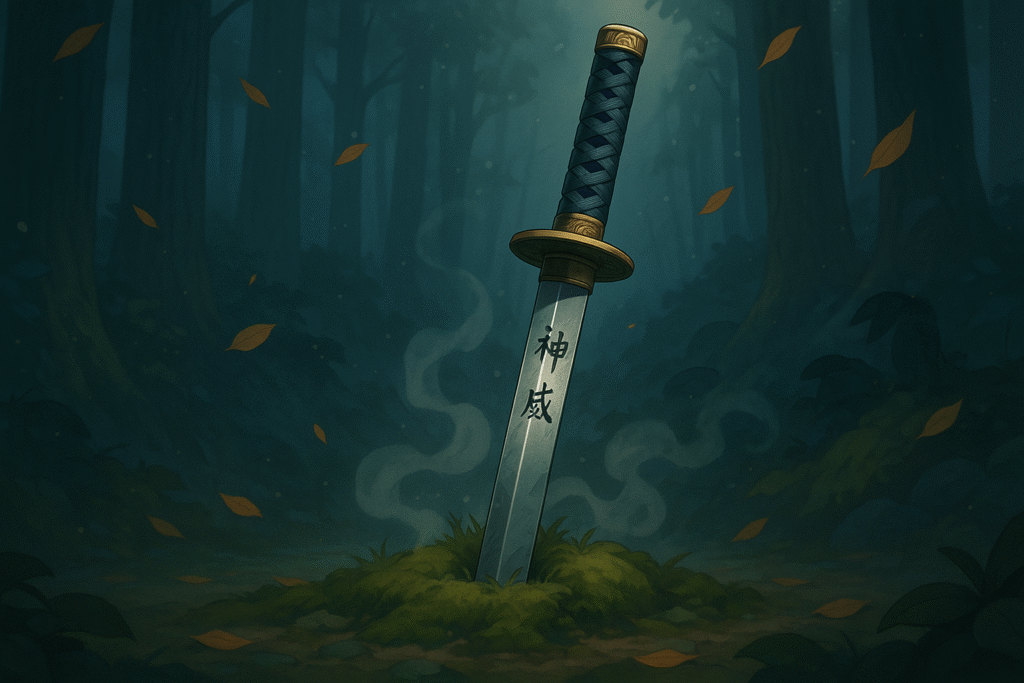Ever wondered why Japanese tile games have captivated millions of players worldwide for centuries? Picture yourself sitting in a traditional tea house in Kyoto, the gentle clicking of tiles creating a rhythmic symphony as seasoned players engage in intense strategic battles. These aren’t just games—they’re windows into Japanese culture, philosophy, and the art of tactical thinking.
Japanese tile games represent some of the most sophisticated and intellectually challenging entertainment forms ever created. Whether you’re a complete beginner curious about mahjong or a strategy enthusiast seeking your next obsession, understanding these games will deepen your appreciation for Japanese culture and sharpen your strategic mind.
What Makes Japanese Tile Games Special?
Japanese tile games are strategic board games using physical tiles instead of cards or pieces. Unlike Western board games that often rely heavily on luck, Japanese tile games emphasize skill, memory, pattern recognition, and psychological warfare between players.
The beauty of these games lies in their perfect balance of accessibility and depth. A child can learn the basic rules in hours, yet masters spend decades perfecting their techniques. This duality reflects core Japanese values: respect for tradition combined with continuous self-improvement (kaizen).
Traditional Japanese Tile Games That Shaped Gaming Culture
Riichi Mahjong: The Crown Jewel of Japanese Tile Games
When discussing Japanese tile games, Riichi Mahjong stands as the undisputed champion. This four-player strategic masterpiece transforms the ancient Chinese game into something uniquely Japanese.
Key Features:
- 136 tiles divided into suits and honor tiles
- Complex scoring system (yaku) rewarding specific combinations
- Riichi declaration system adding psychological tension
- Dora bonus tiles that change game dynamics
The psychological aspect sets Riichi Mahjong apart from other Japanese tile games. Players must read opponents’ intentions through their discards, creating a mental chess match that goes far beyond tile combinations. Professional players in Japan earn celebrity status, with tournaments broadcast on television and drawing massive audiences.
Hanafuda: The Flower Card Phenomenon
Though technically cards, Hanafuda functions like tile games in its matching mechanics and strategic depth. These beautiful illustrated cards represent the twelve months through seasonal flowers and have influenced countless modern Japanese games.
Gameplay Elements:
- 48 cards depicting seasonal themes
- Matching and collecting mechanics
- Multiple game variants for different player counts
- Rich cultural symbolism in every illustration
Nintendo, before becoming a video game giant, originally manufactured Hanafuda cards, showing how deeply these traditional Japanese tile games are woven into the country’s entertainment fabric.
Want to explore Japan’s culture?
Discover Japan’s rich culture, traditions, and hidden gems with our expertly crafted guides. Get insider tips on travel, food, and history. All for free!
Modern Japanese Tile Games Revolutionizing Tabletop Gaming
Contemporary Innovations in Tile-Based Strategy
Modern Japanese designers have reimagined traditional concepts, creating innovative Japanese tile games that appeal to global audiences while maintaining cultural authenticity.
Azul (though created by a German designer for a Japanese company) demonstrates how Japanese aesthetic principles influence modern tile games. The game’s emphasis on pattern-building and negative space reflects traditional Japanese design philosophy.
LYNGK and similar abstract strategy games show how Japanese tile games continue evolving, incorporating minimalist design with complex strategic decisions.
Learning Japanese Through Tile Games
Playing Japanese tile games offers an excellent opportunity to enhance your Japanese language skills. The terminology, counting systems, and cultural contexts provide natural immersion experiences.
Essential Japanese Tile Game Vocabulary:
- Pai (牌) – Tiles
- Yaku (役) – Winning combinations
- Riichi (立直) – Ready declaration
- Tsumo (自摸) – Self-draw win
- Ron (ロン) – Win on opponent’s discard
For beginners interested in deeper Japanese language study, our comprehensive JLPT N5 Study Guide provides structured learning materials that complement cultural gaming experiences.
Where to Experience Japanese Tile Games Today
Physical Locations and Communities
In Japan:
- Traditional mahjong parlors in entertainment districts
- Board game cafes in Tokyo and Osaka
- Cultural centers offering lessons to foreigners
- University clubs and community groups
Internationally:
- Japanese cultural centers
- Board game cafes with international collections
- Online communities and tutorials
- Mobile apps for practice and learning
The Cultural Significance of Japanese Tile Games
These games serve as more than entertainment—they’re cultural artifacts preserving Japanese values and social structures. The emphasis on reading opponents mirrors Japanese communication styles, where understanding unspoken intentions is crucial.
The seasonal themes in games like Hanafuda connect players with Japan’s deep appreciation for natural cycles and temporal awareness. Even the manufacturing quality of traditional tiles reflects Japanese craftsmanship values (takumi).
Getting Started with Japanese Tile Games
Beginner-Friendly Entry Points
For Absolute Beginners:
- Start with simplified Hanafuda games
- Learn basic Mahjong through mobile apps
- Watch online tutorials and gameplay videos
- Join local gaming groups or cultural centers
Essential Equipment:
- Quality tile sets (invest in authentic Japanese sets when possible)
- Scorekeeping materials
- Reference charts for beginners
- Patience and dedication to learning
Advanced Strategy Development
Intermediate to Advanced Players:
- Study professional game recordings
- Practice pattern recognition exercises
- Learn advanced psychological techniques
- Participate in tournaments and competitions
The Future of Japanese Tile Games
Modern technology hasn’t diminished the appeal of physical Japanese tile games. Instead, digital versions have introduced these traditional games to global audiences, creating hybrid experiences that honor tradition while embracing innovation.
Virtual reality mahjong experiences now let players feel like they’re sitting in traditional Japanese gaming parlors, while AI opponents provide challenging practice partners for skill development.
Conclusion: Why Japanese Tile Games Matter
Japanese tile games offer far more than entertainment—they provide windows into cultural values, strategic thinking development, and social connection opportunities. Whether you’re drawn to the mathematical precision of Riichi Mahjong or the artistic beauty of Hanafuda, these games reward patience, study, and respectful engagement with Japanese culture.
The journey into Japanese tile games is one of continuous discovery. Each game reveals new layers of complexity and cultural insight, making them lifetime pursuits rather than casual diversions. As you develop your skills, you’ll find yourself not just playing games, but participating in centuries-old traditions that continue evolving and inspiring players worldwide.
Ready to begin your Japanese tile games adventure? Start with the basics, respect the traditions, and prepare for a gaming experience unlike anything else in the world.
Frequently Asked Questions About Japanese Tile Games
Q: What is the most popular Japanese tile game? A: Riichi Mahjong is the most popular Japanese tile game, played by millions in Japan and gaining international popularity.
Q: Are Japanese tile games difficult to learn? A: Basic rules can be learned quickly, but mastering strategy takes years of practice and study.
Q: Can I play Japanese tile games online? A: Yes, many apps and websites offer digital versions of traditional Japanese tile games with tutorials and multiplayer options.
Q: Do I need special equipment for Japanese tile games? A: While apps work for learning, authentic tile sets enhance the cultural experience and gameplay feel.
Q: How long does a typical Japanese tile game take? A: Games range from 30 minutes for casual rounds to several hours for tournament-style matches.
Q: Are Japanese tile games good for learning Japanese language? A: Absolutely! They provide natural vocabulary practice and cultural context for language learners.
Love Japan? Stay in the Loop!
Get the best of Japan straight to your inbox: language, culture & travel insights!




